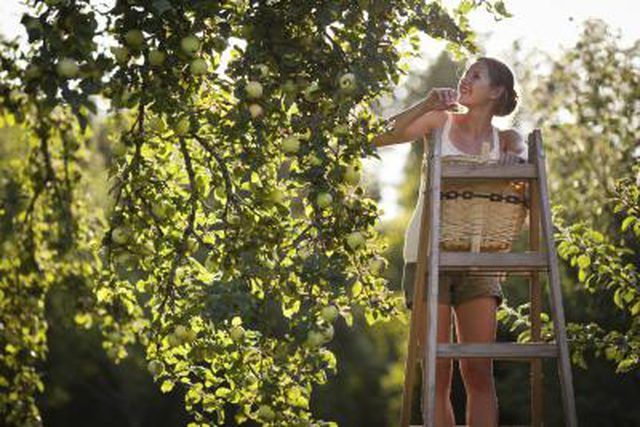Bulbs
Flower Basics
Flower Beds & Specialty Gardens
Flower Garden
Garden Furniture
Garden Gnomes
Garden Seeds
Garden Sheds
Garden Statues
Garden Tools & Supplies
Gardening Basics
Green & Organic
Groundcovers & Vines
Growing Annuals
Growing Basil
Growing Beans
Growing Berries
Growing Blueberries
Growing Cactus
Growing Corn
Growing Cotton
Growing Edibles
Growing Flowers
Growing Garlic
Growing Grapes
Growing Grass
Growing Herbs
Growing Jasmine
Growing Mint
Growing Mushrooms
Orchids
Growing Peanuts
Growing Perennials
Growing Plants
Growing Rosemary
Growing Roses
Growing Strawberries
Growing Sunflowers
Growing Thyme
Growing Tomatoes
Growing Tulips
Growing Vegetables
Herb Basics
Herb Garden
Indoor Growing
Landscaping Basics
Landscaping Patios
Landscaping Plants
Landscaping Shrubs
Landscaping Trees
Landscaping Walks & Pathways
Lawn Basics
Lawn Maintenance
Lawn Mowers
Lawn Ornaments
Lawn Planting
Lawn Tools
Outdoor Growing
Overall Landscape Planning
Pests, Weeds & Problems
Plant Basics
Rock Garden
Rose Garden
Shrubs
Soil
Specialty Gardens
Trees
Vegetable Garden
Yard Maintenance
What Kind of Fertilizer Do You Use on Apple Trees?
What Kind of Fertilizer Do You Use on Apple Trees?. Growing apples (Malus domestica) in your own backyard orchard is a rewarding experience. Supermarket apples never taste as good as fruit straight from the tree. Hardy from U.S. Department of Agriculture plant hardiness zones 3 through 8, apple trees depend on proper fertilization to produce...

Growing apples (Malus domestica) in your own backyard orchard is a rewarding experience. Supermarket apples never taste as good as fruit straight from the tree. Hardy from U.S. Department of Agriculture plant hardiness zones 3 through 8, apple trees depend on proper fertilization to produce healthy, flavorful fruit. Understanding the different types of fertilizers available -- and what's best for home apples -- can help you choose the best fertilizer for your apple trees.
Nutrient Facts
Nitrogen is the most important nutrient in an apple fertilization program, and should be applied annually. The nutrient is critical for both tree growth and fruit development, and it usually needs to be replaced in soil. Phosphorus is taken from deep in the soil. Add it at planting; surface applications rarely move to deep soil root zones. Potassium is necessary for good fruit size, color and flavor. It promotes winter hardiness and general good tree health.
Types Of Fertilizers
Apple fertilizers may be organic or non-organic, but the nutrients are the same to your trees. Both types can be applied to the soil or as sprays to apple leaves. Dry forms are available as well as several liquid organic fertilizers, including fish emulsion and seaweed concentrates. Compost may also be used to provide gentle nutrients to your home orchard. A soil test confirms what nutrients your soil needs, and recommends the amounts of nutrients and forms that may be best. Advise your soil laboratory that you're growing apples; they will provide specific apple recommendations.
Fertilizer Ingredients
Apple trees require nitrogen, phosphorus and potassium -- the three numbers on fertilizer bags -- as well as various trace minerals. For home growers, fertilizers should have a higher nitrogen ratio to fuel healthy growth. Common granular 20-10-10 fertilizer is suitable for apples. A rule of thumb for small orchards is 1 pound of fertilizer per year of tree age up to a maximum of 6 pounds of 20-10-10 fertilizer per tree. A fertilizer ratio of 10-5-5 requires double the amount of fertilizer to achieve the same concentration of minerals as a 20-10-10 fertilizer. Always wear gloves and protective eyewear when working with fertilizers.
Application Tips
Apply dry fertilizer to soil by scattering it under the tree out to the dripline, the imaginary circle under the growing tips of the tree. Apple trees grow best with little competition from turf or other plants. If grasses or other ground covers and shrubs compete with your apples, additional fertilizer may be needed. Liquid fertilizers designed for watering should be used to cover the same area. Keep both organic and non-organic fertilizer at least 6 inches away from the trunk of the tree. Ready-to-use foliar fertilizers for use on home orchards can be sprayed onto the tree leaves. Foliar application makes nitrogen immediately available.
Fertilizer Timing
Whichever form or type of fertilizer you choose, the earliest application should be in early spring at bud formation. A second application should be done in in late spring after fruit set. If the tree is young or if no fruit has set for another reason, the second application may be omitted. Mid-summer is the latest time to fertilize. After that, weak growth that is susceptible to winter damage or disease may result.
Other Considerations
Trees that have been heavily pruned will require less nitrogen that year as they grow new wood. Since trees store some nitrogen, a lighter fertilizer may be used the first summer after heavy pruning, and a regular nitrogen program can resume the following year. Monitor branch tip growth. The average is 8 to 12 inches per year. If growth is less, consider a slight increase in nitrogen the following spring. Higher nitrogen fertilizer, such as 21-0-0, is appropriate for newly planted trees until they are three years old. At four years, switch to the ratio for mature trees.